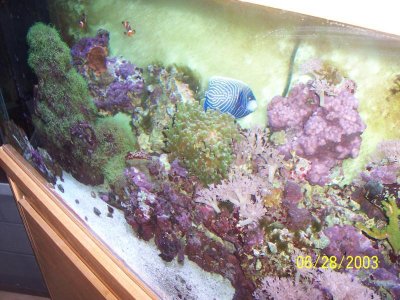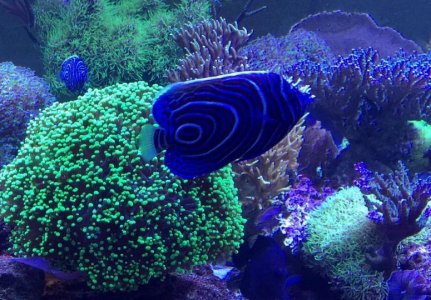Itchy Trigger
Active member
I've had a hard time finding info on this and have read some contradictory statements as well, so... Figured I'd ask here. At what size do emperor angels typically begin their color change? I've got a very chunky 6" emperor that's still showing entirely juvenile coloration/pattern. I would have expected that by this size he'd have started changing. Doesn't bother me that he hasn't changed yet, but I'm just curious as to when it might happen. For those that have kept this fish, and have experienced it changing colors, how big was the fish when this happened?








